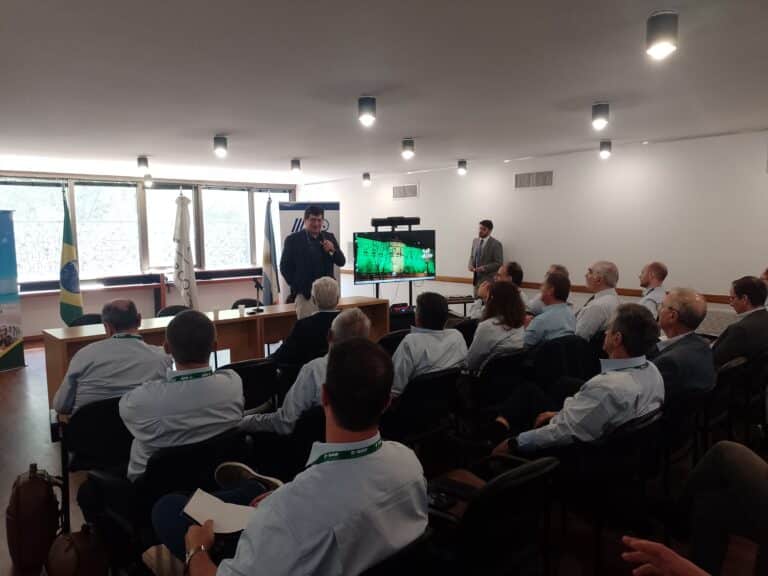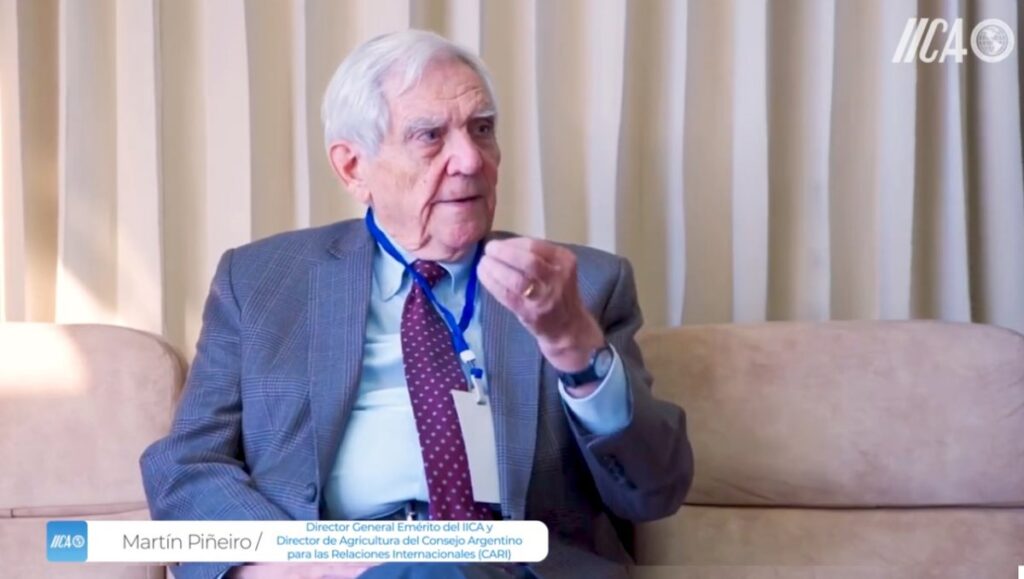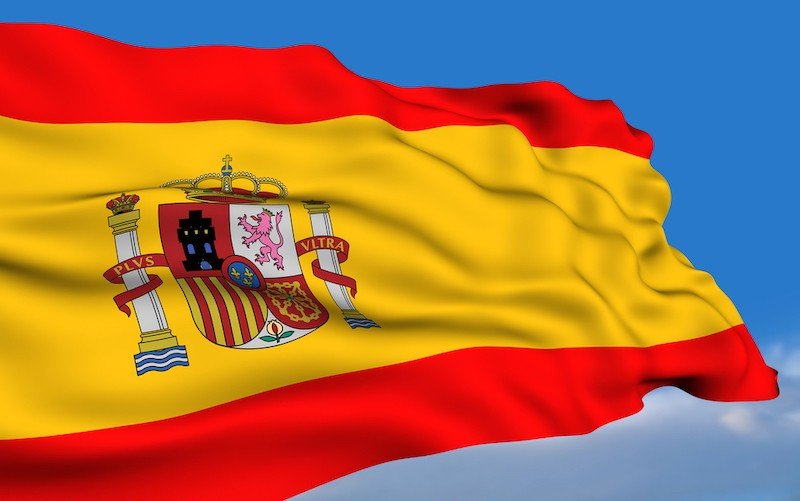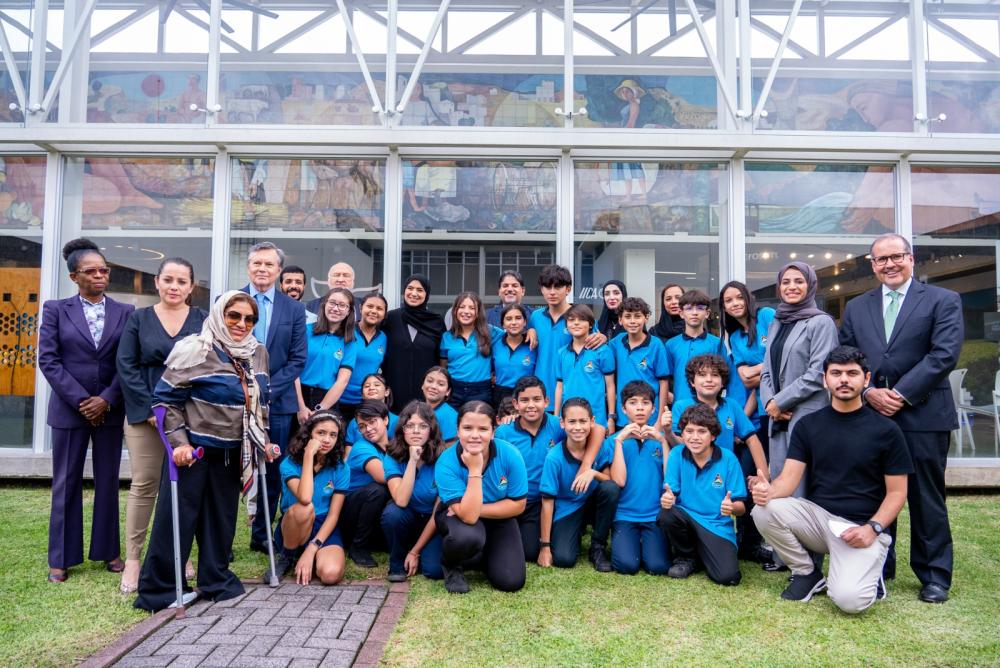Leticia, Colombia, 4 August 2025 (IICA). Amazonia faces pressing structural challenges, but also offers unprecedented opportunities for development on account of its natural and cultural riches.
With this in mind, a meeting of the Pan-Amazonian Bioeconomy Action Forum and the first in-person session of the Advisory Committee of the Pan-Amazonian Bioeconomy Network were held in the Colombian city of Leticia, with the active participation of Hugo Chavarría, IICA’s Manager of Innovation and Bioeconomy and Executive Secretary of the Latin American Bioeconomy Network.
The event brought together representatives of indigenous communities, governments, civil society, the private sector, and financial, multilateral, and cooperation organizations, to strengthen alliances, share experiences, and co-construct a shared agenda for the Amazonian bioeconomy.
“The bioeconomy is already a reality”, said Joana Oliveira, Executive Secretary of the Pan-Amazonian Network. “More than 1500 initiatives have been mapped in the region”. Products such as açaí, Brazil nut, cupuaçu, camu-camu, andiroba, copaiba, and native bee honey demonstrate the potential of new value chains that conserve biodiversity and benefit local communities.
The Pan-Amazonian Network for Bioeconomy, which is promoting this effort, is a multi-sector alliance that unites key stakeholders such as the WRI, Conservation International, COICA, the ATCO, the IDB, the World Bank, CAF, the TNC, the WWF, the Amazon Investor Coalition, NESsT, Conexsus, the Pachamama Foundation, and many prestigious scientific institutions, including INPA, SINCHI, Humboldt, IIAP, and INABIO. It has working groups that focus on five key issues: access to financing, markets, knowledge, public policies, and capacities.
“The goal is for the bioeconomy to be recognized as a true economic sector, and its contribution to be included in the national accounts of Amazonian countries by 2035”, explained Joaquín Carrizosa, senior advisor at WRI/Colombia.
The activity was held at a crucial moment. The Fifth Summit of Presidents of the ACTO Member States is set to take place in August, where regional commitments are expected to be consolidated. The bioeconomy is also gaining traction as the COP30 in Belém approaches, as a concrete response to extreme events and the need for new economic opportunities for Amazonia.
In this context, the participation of IICA and the Latin American Bioeconomy Network was key to the efforts to align agendas, link networks, and scale up cooperation. Promoted by IICA, this network groups together more than 80 Latin American institutions involved in policies, innovation, financing, and bio-entrepreneurship, including the IDB, the ACTO, UNESCO, BIOFIN, the AECID, GGGI, SEI, RedBio, and Allbiotech, as well as sectoral ministries from 14 countries in the Americas.
“At IICA and the Latin American Bioeconomy Network, we are convinced that the bioeconomy is a strategic commitment to the true value of the biological riches of our Amazonia and their inclusive and sustainable use”, Hugo Chavarría remarked. “Through value chains based on non-timber forest products and the economic and social recognition of ecosystem services, we can generate real opportunities for communities. But to achieve this, we need a paradigm shift. We cannot build the future with the structures of the past. We must transform institutions, financing systems, and the capacities available”.

Amazonia faces huge challenges, but also offers unique opportunities for development on account of its natural and cultural riches.
“A bioeconomy compatible with the forest conserves vital ecosystems and strengthens local economies. By investing in sustainable forest products and indigenous initiatives, we generate resilience, economic growth, and jobs for Amazonian communities”, said Rachel Biderman, Conservation International’s Senior Vice President for the Americas.
Chavarría also pointed out that the challenges facing the Pan-Amazonian Network are the same as those being tackled by IICA and the LATAM Bioeconomy Network: knowledge generation and management, market access, adequate regulatory frameworks, innovative financing, and capacity building. “Therefore, it is essential that we join forces and work together. Today more than ever, we need the 4 Cs: cooperation, collaboration, coordination, and co-construction”, he stressed.
More information:
Institutional Communication Division.
comunicacion.institucional@iica.int











